A Journey Through Time and Landscapes
Tiring overland trip, fixed overnight accommodation
Visit the minorities in Dali and Lijiang
On the "roof of the world" to Lhasa and over the Himalaya to Kathmandu
Three nights in Lhasa with magnificent sightseeing program
The famous monasteries Tashilunpo, Palkor and Sakya in Tibet
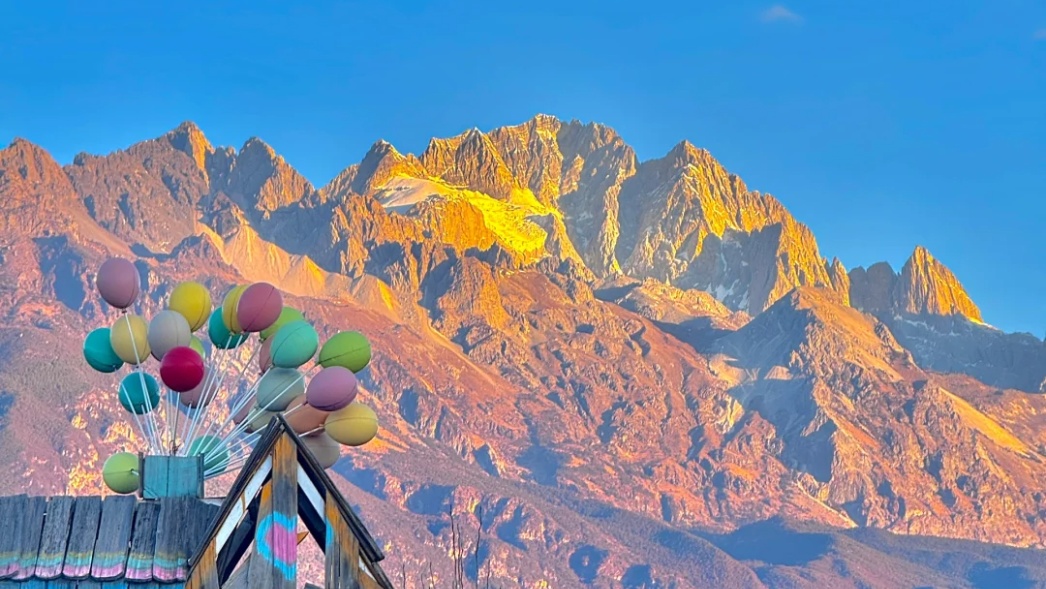
Upon arrival in Kunming, you’ll check into your hotel. Known as the “City of Eternal Spring,” Kunming is the capital of Yunnan Province, whose name translates to “South of the Clouds.” This culturally vibrant city boasts: Lively markets and pedestrian-friendly streets showcasing Yunnan’s diverse ethnic cultures

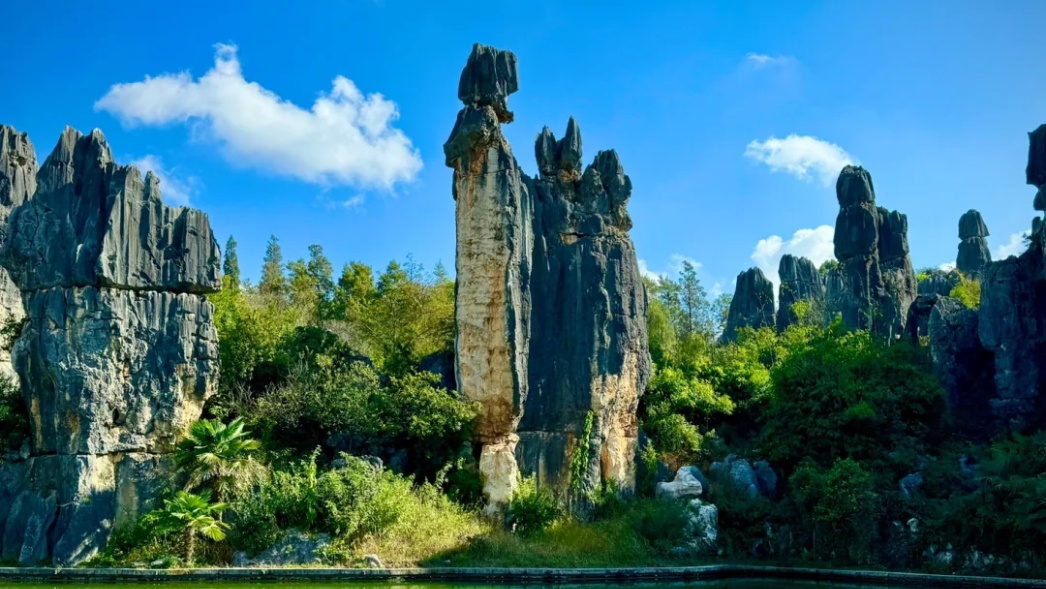
Main Attractions: Lunan Stone Forest
Following breakfast, we recommend visiting the Lunan Stone Forest, a UNESCO World Heritage Site located approximately 125 kilometers east of Kunming. This iconic Karst landscape, spanning 270 square kilometers, is renowned for its surreal limestone formations shaped by 270 million years of geological evolution. It features Diverse Landforms and Vertical Scale.

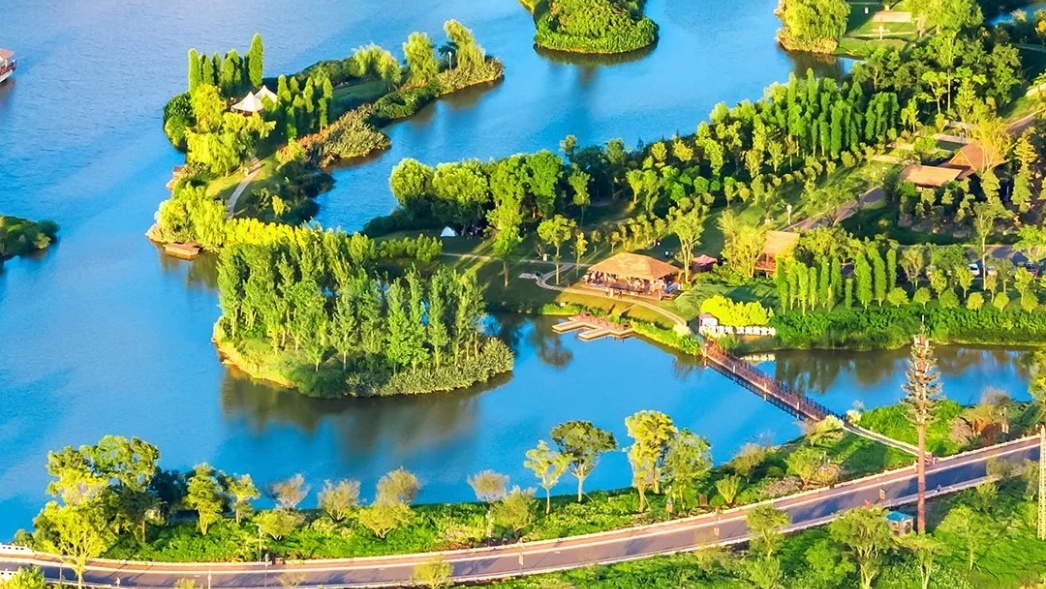
Main Attractions:Dianchi Lake/San Qing Ge/Three Pagodas Temple
Dianchi Lake Exploration in the morning
Begin your day with a serene boat cruise on Dianchi Lake, Yunnai’s largest freshwater lake. The glassy waters and surrounding mountain vistas offer a tranquil introduction to the region’s natural beauty. Afterward, explore these heritage sites:
· Xi Shan (West Mountain): A historic peak with ancient temples and panoramic views.
· Longmen (Dragon Gate): A limestone cliff carved with Buddhist inscriptions.
· Huatie Temple (Hua Ting Si): A 1,300-year-old Buddhist monastery renowned for its intricate architecture.
· Sanqing Pavilion (San Qing Ge): A Taoist sanctuary dedicated to the Three Pure Ones, featuring serene gardens.
Afternoon Journey to Dali:
· Ancient Town Stroll: Wander through the cobblestone alleys of Dali Old Town, known for its Naxi ethnic architecture and bustling markets.
· San Ta Si (Three Pagodas Temple): Conclude your day at this UNESCO-protected site, where three towering Song Dynasty pagodas stand guard over Erhai Lake.

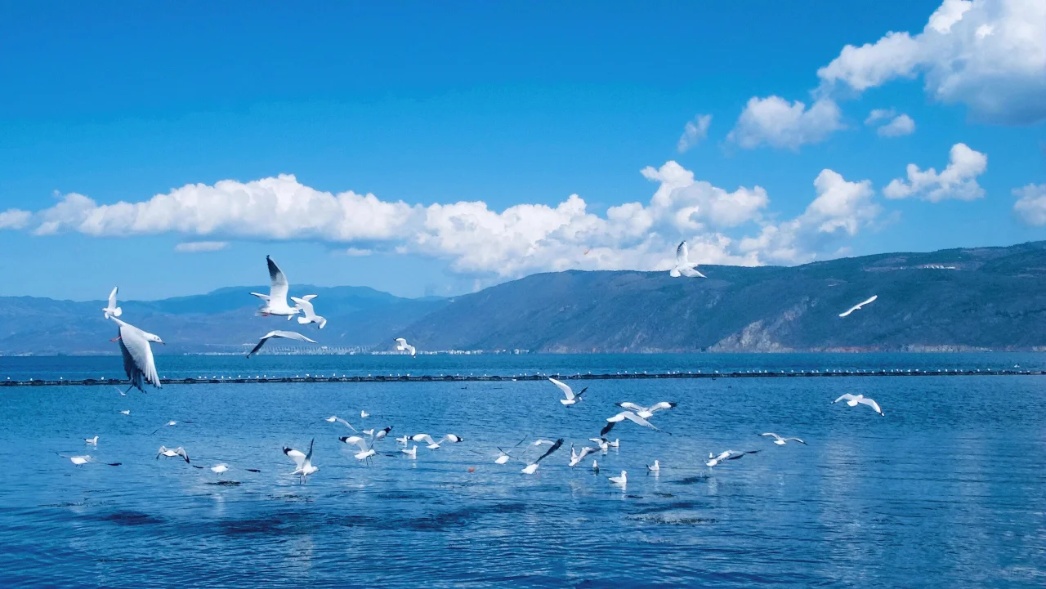
Main Attractions: Erhai Lake/Azure Mountain
The city’s rich historical heritage is vividly reflected in its well-preserved ancient gates and meticulously maintained historic structures. In the afternoon, visitors can explore Erhai Lake, nestled in the eastern part of the city. Spanning 249 square kilometers and stretching 40 kilometers in length, the lake is surrounded by majestic peaks such as Cang Shan (Azure Mountain), which ascends to an elevation of 4,122 meters. A leisurely bicycle tour along the lake’s picturesque shores offers an ideal way to immerse in its natural beauty.

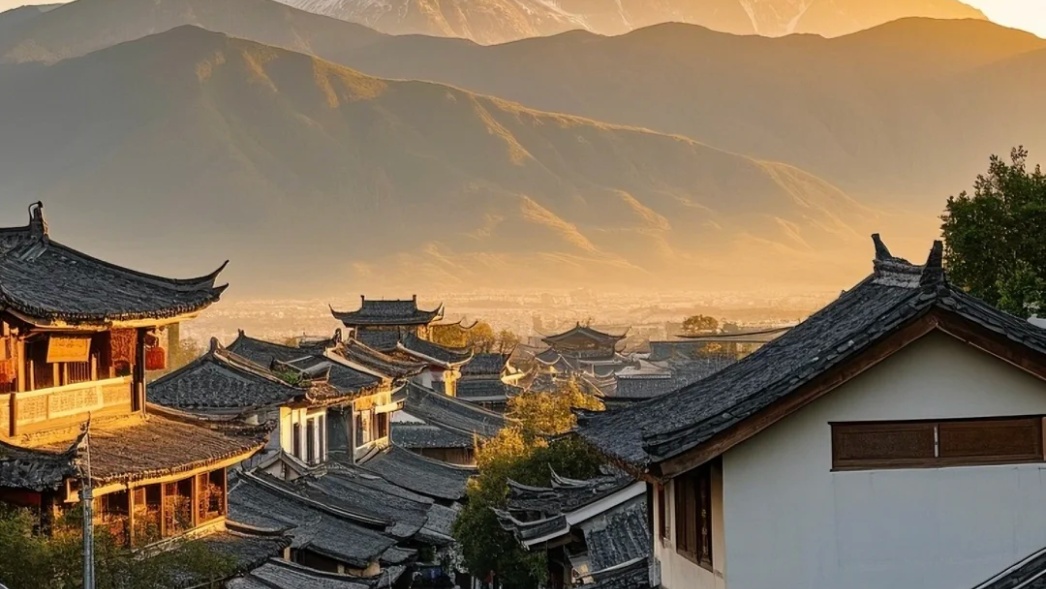
Main Attractions:Lijiang
Drive approximately 200 km north along Erhai Lake to reach Lijiang. Situated at an altitude of 2,600 meters on the Yunnan-Guizhou Plateau, Lijiang lies within Yunnan Province’s Naxi Autonomous County. With an 800-year history, it is the sole city inhabited by the Naxi ethnic minority. The city is renowned for its ancient wooden architecture and meticulously planned street layout, with cobblestone pathways scattered throughout, enhancing its timeless charm.
In the late afternoon, visit Hei Long Tan (Black Dragon Pool), nestled at the northern foot of Elephant Hill. The pond mirrors the snow-capped peaks of nearby mountains, creating a breathtaking reflection. Additionally, explore the five-arched marble bridge and various pavilions, such as the Five Phoenix Tower.


Main Attractions:Yulong Xueshan/Yu Feng Si
Begin by heading 30 kilometers north to the majestic Jade Dragon Snow Mountain (Yulong Xueshan), a 5,596-meter peak situated at the southern edge of the Tibetan Plateau. Revered as the “Kingdom of Forests” and “Treasure of Vegetation,” this mountain boasts pristine ecosystems teeming with rare birds and wildlife.
Within the mountain’s vicinity, explore Yu Feng Si, a historic Buddhist monastery complex. Its centerpiece is a colossal 500-year-old camellia tree, celebrated as the “Ten Thousand Flowers Camellia” for its annual profusion of blossoms.
Afterwards visit Baisha village of Naxi minority where about 350 Buddhism mural paintings made between 14th and 17th century are preserved.

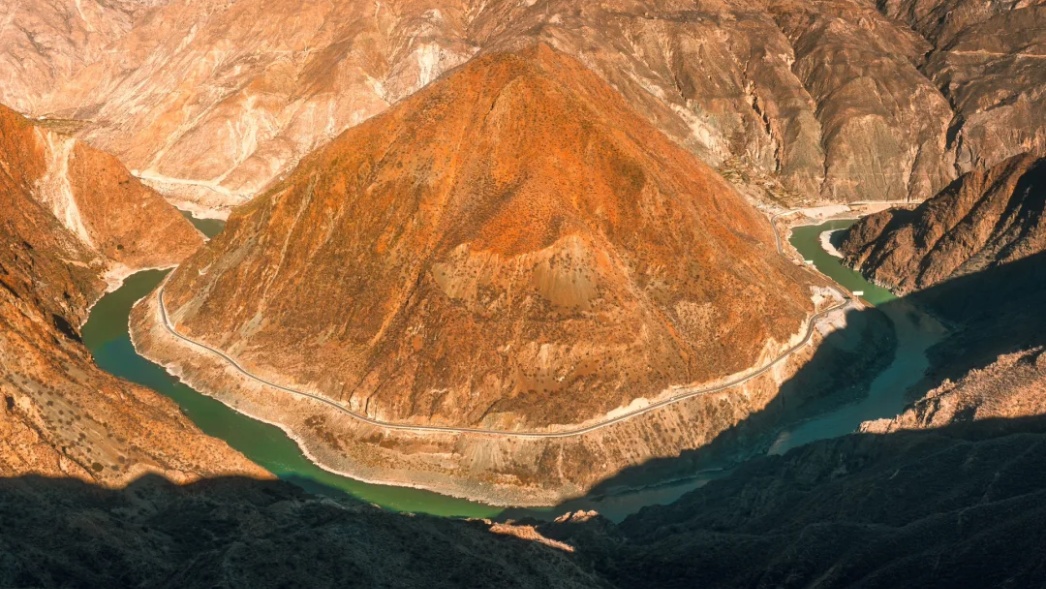
Main Attractions:Golden Sand River/Shangri-La
Continuing your journey to Tibet, you’ll arrive at the Jinsha River (Golden Sand River), the upper reaches of the Yangtze River (China’s longest river, stretching 6,380 km). Within the 15-kilometer-long Tiger Leaping Gorge, the Jinsha River’s raging waters are forced to make a dramatic 100-degree northeast turn by the towering Hailuo Mountain, creating the famed “First Bend of the Yangtze River.” On the west bank, sheer cliffs rise 4,000 meters above the river surface, while a massive 300-cubic-meter rock—aptly named the “Tiger Jumping Boulder”—lies midstream, churning the waters into thunderous waves. In the afternoon, you’ll reach Zhongdian (now Shangri-La), a town at 3,200 meters above sea level near the Yunnan-Tibet border. The region’s population is predominantly Tibetan.

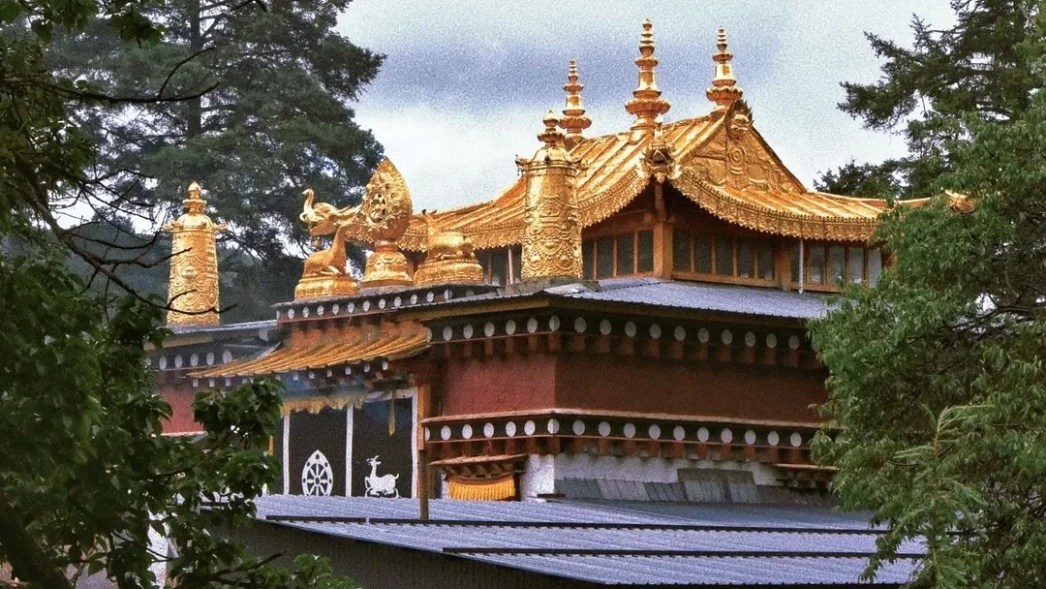
Main Attractions:Gelukpa sect site/Dabao Si Monastery
Morning visit
Sumsanling Monastery, a historic Gelukpa sect site, housed approximately 1,300 monks in 1958. Renowned as Yunnan Province’s most significant Gelukpa monastery, it spans 34 hectares and blends Han-Chinese and Tibetan architectural styles. The monastery’s highlights include meticulously crafted mural paintings and intricate wood carvings, reflecting profound artistic and cultural heritage.
Afternoon visit
Perched at an altitude of 3,300 meters, Dabao Si Monastery offers a serene retreat nestled on a hillside. Its surroundings feature fluttering prayer streamers and a striking 2-kilometer-long Mani Stone wall, both of which create a spiritually immersive experience. The combination of natural elevation and symbolic artistry here is sure to leave a lasting impression.


Main Attractions:Benzilan
Embark on a scenic journey through the Hengduan Mountain Range, traversing the winding Jinsha River valley. En route, pause to explore the quaint town of Benzilan, a hidden gem nestled in the region. Your journey culminates in Deqin (Dechen), where you’ll visit a historic Tibetan monastery and gaze upon the majestic Meili Snow Mountain. Among its peaks, the revered Kawagebo Peak rises to 6,740 meters—Yunnan’s highest summit. Revered by Tibetans as “the white snowy mountain,” this sacred site is one of the “Eight Buddhist Mountains” and a spiritual sanctuary. Each year, devotees from Tibet, Sichuan, Yunnan, and Qinghai undertake arduous pilgrimages to honor its sanctity, traversing vast distances to pay homage.

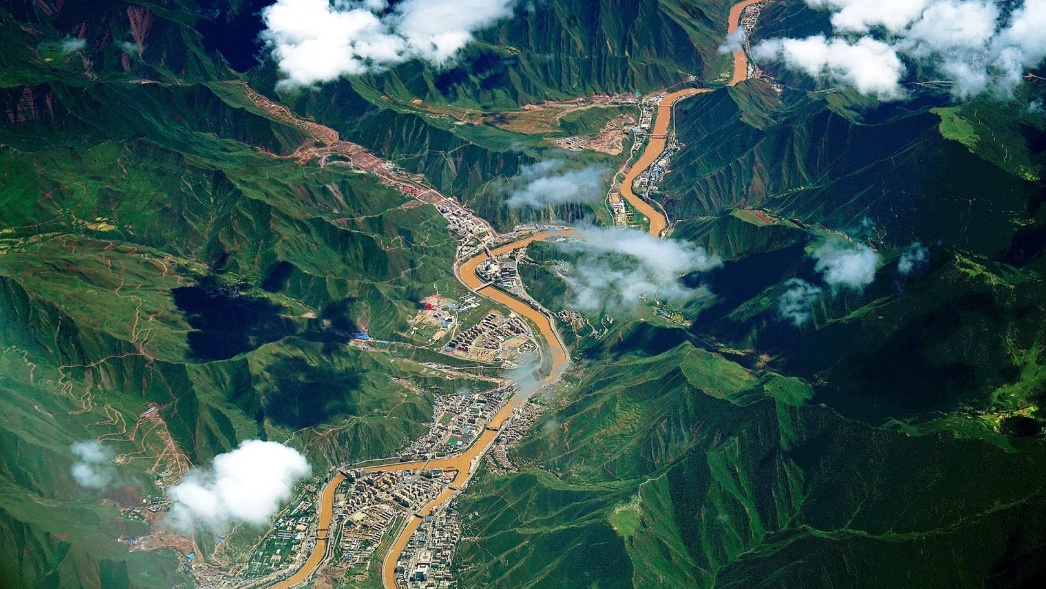
Main Attractions:Lancang Jiang River
Head north along the valley of the Lancang Jiang River (upper reaches of the Mekong River). This section traverses dramatic mountainous terrain with alternating views of river gorges and alpine meadows.
After a lunch break in the Mekong Valley region, cross the border between Yunnan Province and Tibet Autonomous Region. The border area features unique cultural intersections between Han and Tibetan communities.
Proceed to Yanjin County, a historic salt-producing region situated at the crossroads of major trade routes. By afternoon, reach Mangkang (Markam), a strategic town on the Sichuan-Tibet Highway (Chengdu-Lhasa route). This critical transportation artery connects China’s Sichuan Basin with the Tibetan Plateau, passing through 47 mountain passes above 4,000 meters.

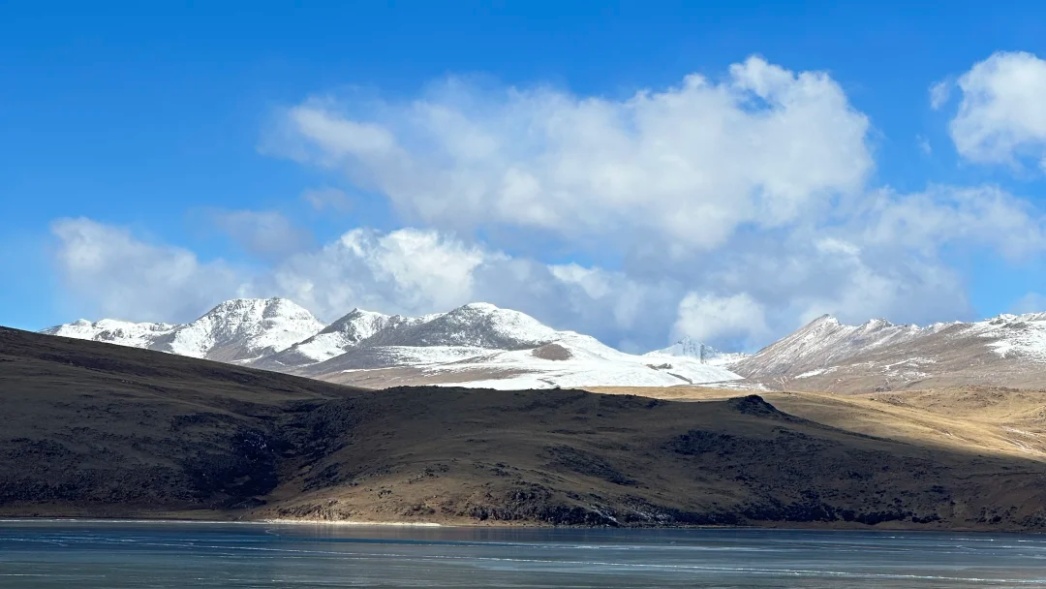
Main Attractions:Bangda
From the most eastern corner of Tibet, start westwards in direction of Lhasa on the northern side of the Nyenchentangla Shan Range. Driving along the circular mountain roads will last several days. Pass by Zuogong and in the evening arrive in Bangda.

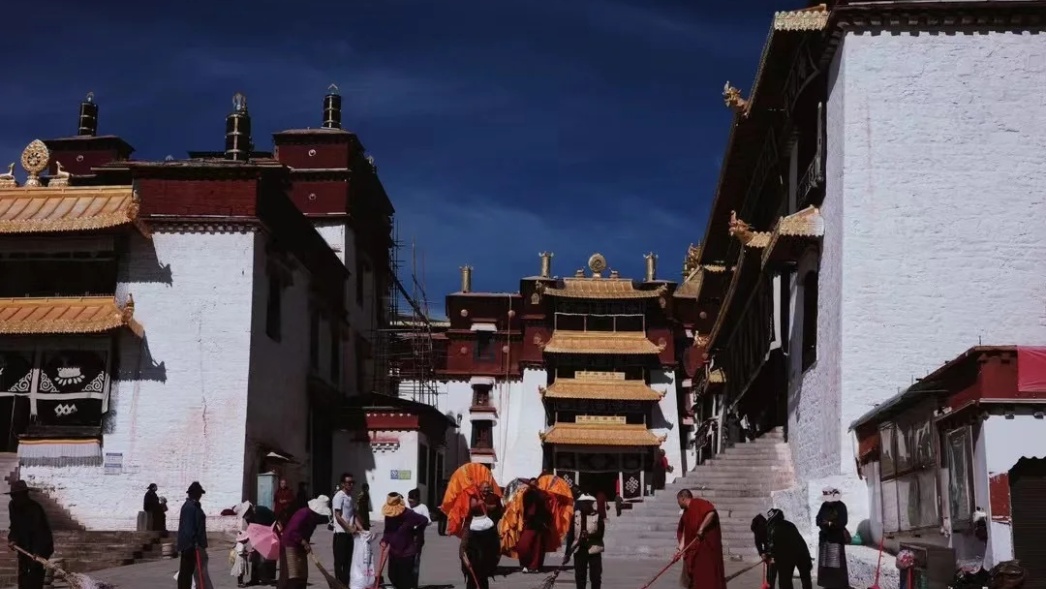
Main Attractions:Chamd
Ascend the first high pass, Chuma Shankou Pass (4,360 m), before descending into the Mekong River valley. This route leads to Chamdo, the former capital of the Kham region in eastern Tibet.
Chamdo (3,200 m) was historically the political and cultural hub of Kham. The city is home to Galden Jampaling Monastery, a 15th-century Gelugpa sect temple and the largest of its kind in eastern Tibet. At its peak, the monastery housed over 1,000 monks, reflecting its significance as a spiritual and educational center.

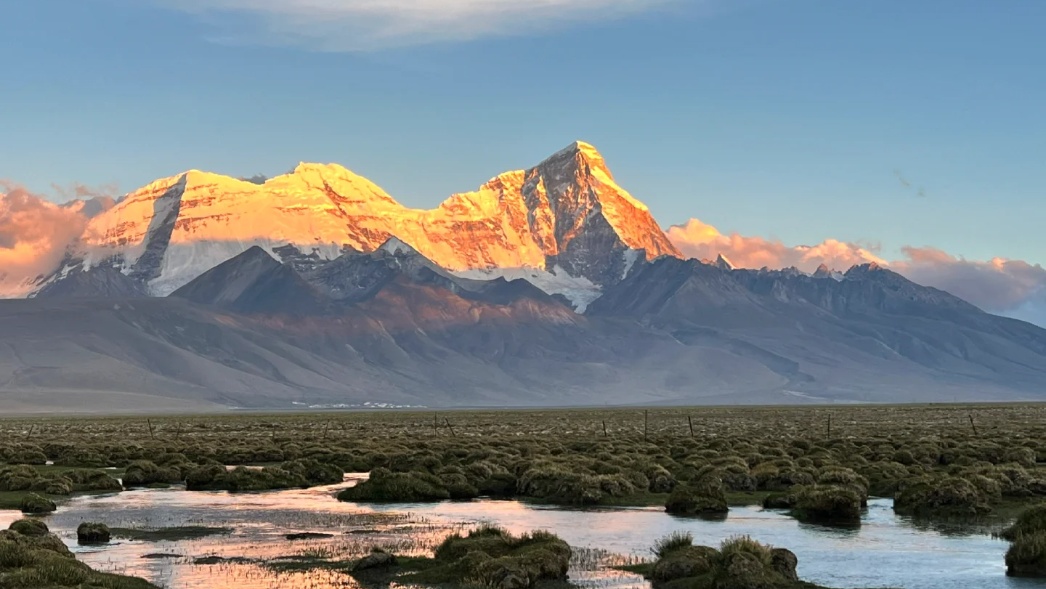
Main Attractions: Ratsaka
Begin your journey by traversing the Zholpel La Pass (4,690 meters), proceeding through the Ngamda village nestled in the Dzi Chu region, and ascending to the quaint town of Ratsaka. En route, explore the historic Chamdo Jampaling Monastery, now thriving with a community of 300 resident monks. Conclude your journey by arriving at Dengchen, a destination steeped in cultural and geographical significance.

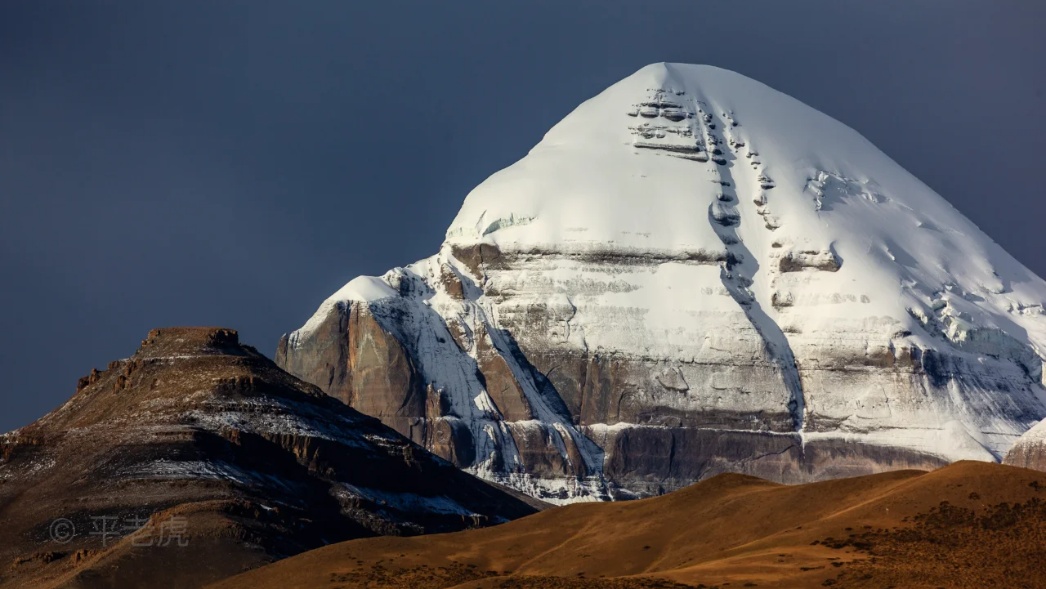
Main Attractions: Tengchen Monastery/Ritro Lhakhang
Dengchen is considered the spiritual heartland of the Bon religion, an ancient syncretic tradition rooted in shamanistic practices and animistic worship. Predating the introduction of Buddhism to Tibet, this indigenous faith once permeated the entire Tibetan plateau. The region features two significant monasteries: Tengchen Monastery and Ritro Lhakhang. Travelers will traverse two notable mountain passes en route to Bachen County — Tsuri La (4,200m) and Shel La (4,750m) — before reaching their final destination.

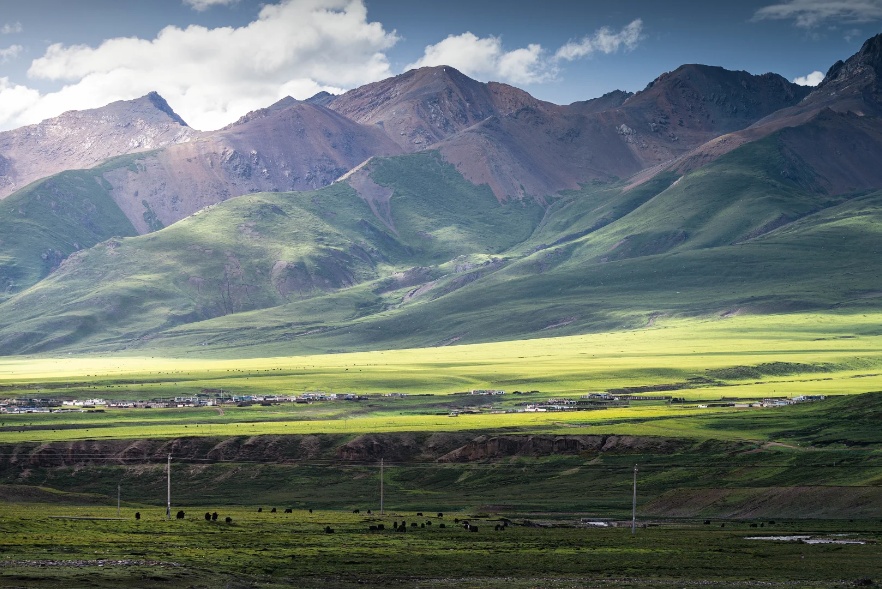
Main Attractions:Nagqu
Begin your journey by driving through Sok Tsanden Zhol village. Along the route, pause to explore two Nyimpa Sect monasteries: Sok Tsanden Gonpa and Kapgye Lhakhang. After crossing two mountain passes, you will reach Shakchuka. From there, navigate an additional 100 km and two more passes to arrive at today’s destination: Nagqu (total distance: 259 km).

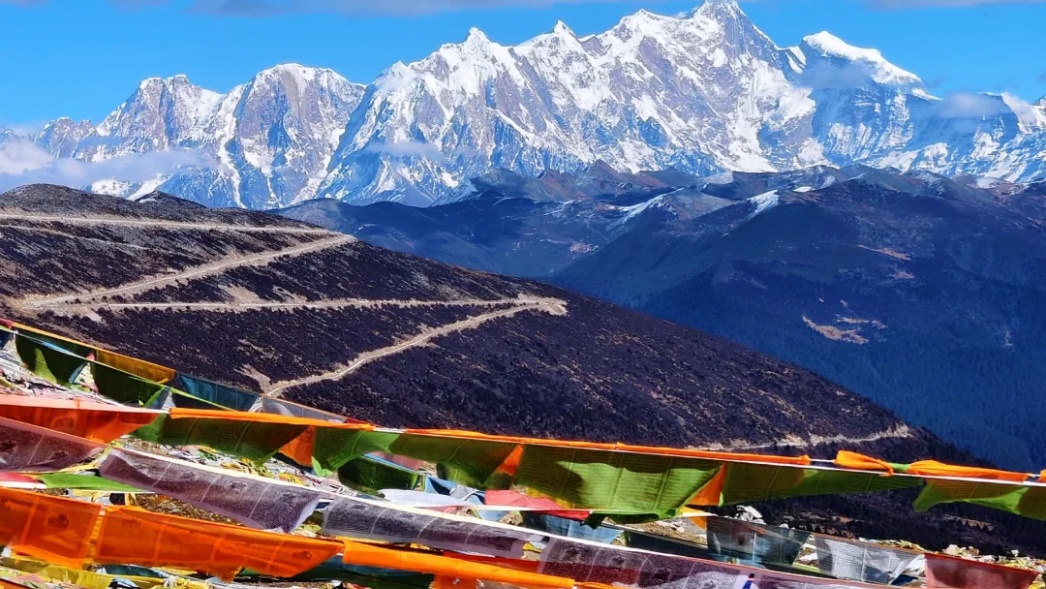
Main Attractions:Nagqu
Nagqu is a quaint town nestled along the Qinghai-Tibet Highway, a vital route stretching from Golmud, Qinghai Province, to Lhasa. The region boasts two prominent temples: the Zhabten Gonpa of the Nyingma School and the [Gelugpa Temple Name] of the Gelug School. Travelers traverse the majestic Kyogche La Pass (4,900 m), descend into Damxung Valley, and navigate the towering Nyenchentangla Range (7,177 m). After passing Yangbajing, the journey culminates in Lhasa, the capital of Tibet Autonomous Region. Situated at 3,700 m above sea level on the Kyichu River’s banks, Lhasa has long been revered as Tibet’s spiritual heartland.

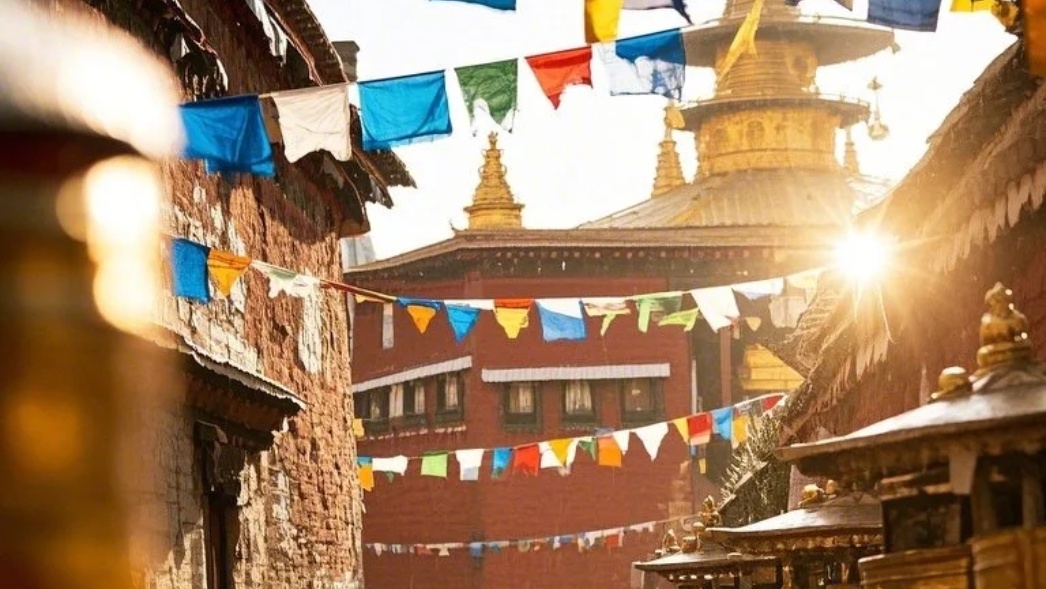
Main Attractions:Jokhang monastery/Barkhor Street/
Visit Jokhang monastery, the spiritual heart of Tibetan Buddhism and a sacred pilgrimage site. It draws countless devotees daily. This 7th-century masterpiece, constructed in 647 CE, stands as Tibet’s oldest surviving wood-and-masonry structure.
Wander the historic Barkhor Street, encircling Jokhang Temple. This vibrant open-air market thrives with stalls offering Tibetan handicrafts, jewelry, and regional delicacies, embodying Lhasa’s cultural pulse.
In the afternoon, explore Norbulingka (“The Garden of Treasures”), a UNESCO World Heritage Site. Nestled in Lhasa’s western suburbs, this 18th-century palace complex served as the traditional summer residence for successive Dalai Lamas, blending Tibetan architectural grandeur with serene gardens.

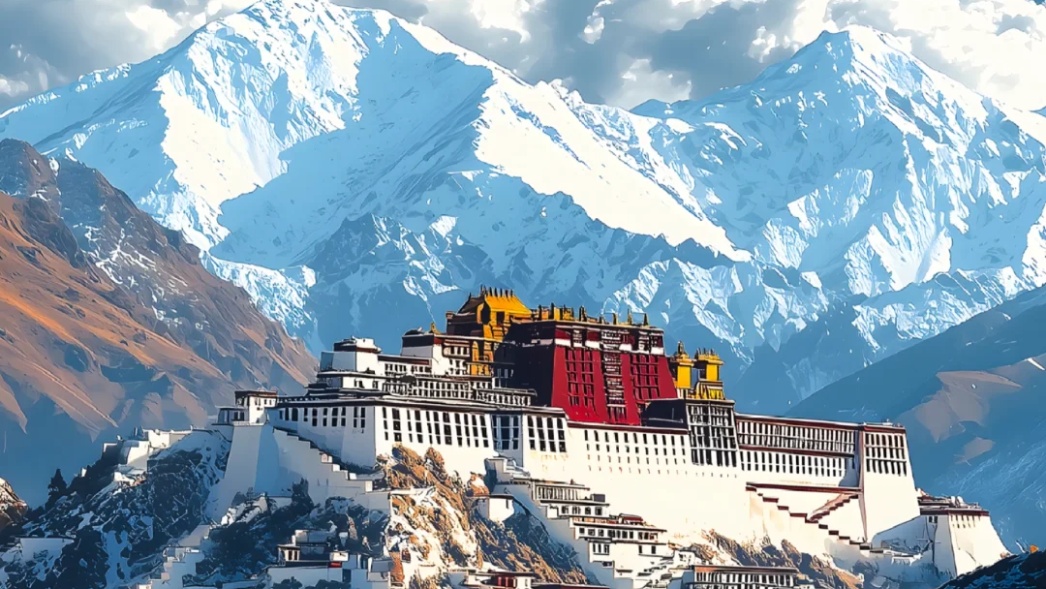
Main Attractions:Potala
In the morning visit Potala, which was constructed in 637 by Songtsen Gampo, the first king of the united Tibet and later served as the winter residence of the Dalai Lamas. Situated on Mt. Marpori, this 130 meter high 13-storey building is the highest ancient palace complex on earth. It spreads across an area of 410,000 sq km. with about one thousand of splendidly decorated rooms as well as innumerable Buddhist scriptures, statues and mural paintings. In the afternoon go on an excursion to the monasteries of Drepung and Sera. Drepung Monastery was built in 1416 and has always been the seat of the Dalai Lamas before the reconstruction of the Potala Palace by the Fifth Dalai Lama. During the prime period in history, the lamas in the monastery were up to 10,000 people. Maybe that is why it is also called "heap of rice" by Tibetans. Sera monastery, created in 1419, has always been an important Buddhist seminary. As rose are planted everywhere in the monastery, it is also called "the court of wild rose". Today still 200 lamas live in there.

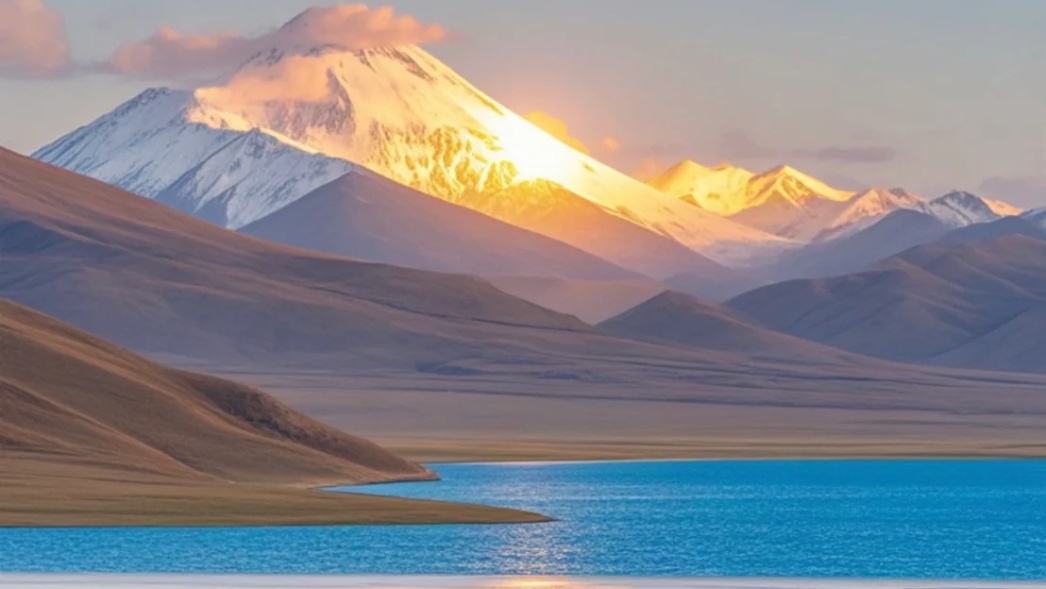
Main Attractions:Yamdrok Lake
Depart Lhasa for Gyantse, passing through the scenic Yamdrok Lake – Tibet’s third-largest sacred lake and a photographer’s paradise. En route, cross the majestic Kangpa-La Pass (5,000 meters), before arriving in Gyantse by late afternoon. The city is nestled along the banks of the Nyang River, offering a tranquil contrast to the day’s dramatic landscapes.

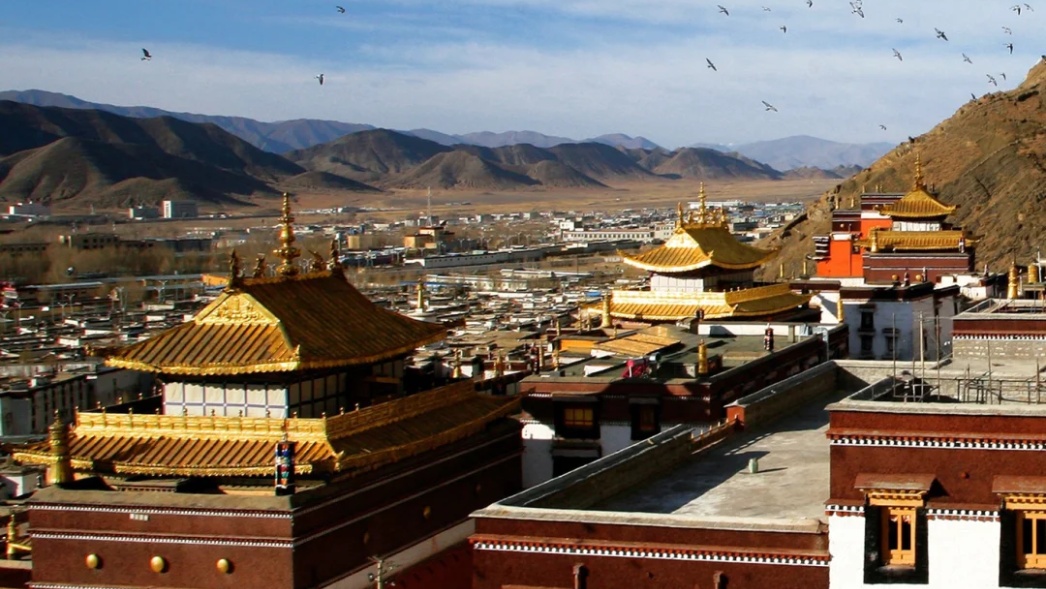
Main Attractions:Kumbum Pagoda
Begin your morning by visiting the Kumbum Pagoda (100-Thousand-Buddha Pagoda) and the Pelkor Monastery, both 15th-century architectural marvels renowned for their exquisite Tibetan Buddhist art. Following this, embark on a scenic drive to Shigatse—the second-largest city in Tibet, home to approximately 40,000 residents. Conclude your day with a visit to the Tashilunpo Monastery, where China’s largest gilded statue of Maitreya Buddha (the Future Buddha) is enshrined.

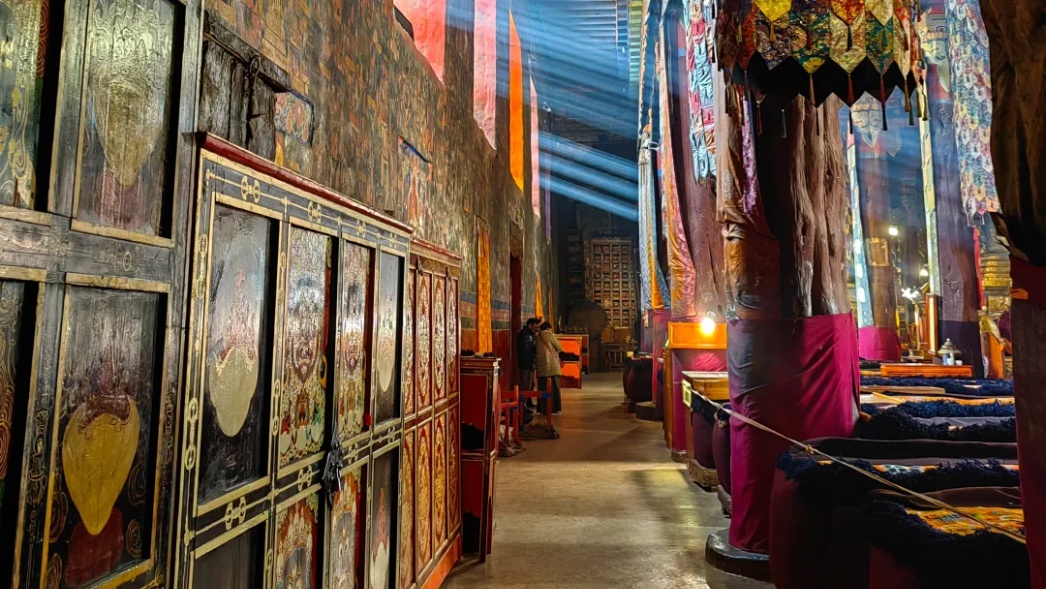
Main Attractions:Sakya Monastery
Proceed westward across the Tibetan Plateau, traversing several mountain passes, including the highest point at Jiatsuo La Pass (5,200 meters). If road conditions allow, embark on a short excursion (approximately 25 km) to the Sakya Monastery (4,280 meters), a historic site established by Kublai Khan. This monastery stands as one of Tibet’s oldest and most significant religious institutions. Your journey concludes with arrival in Xegar (4,300 meters).

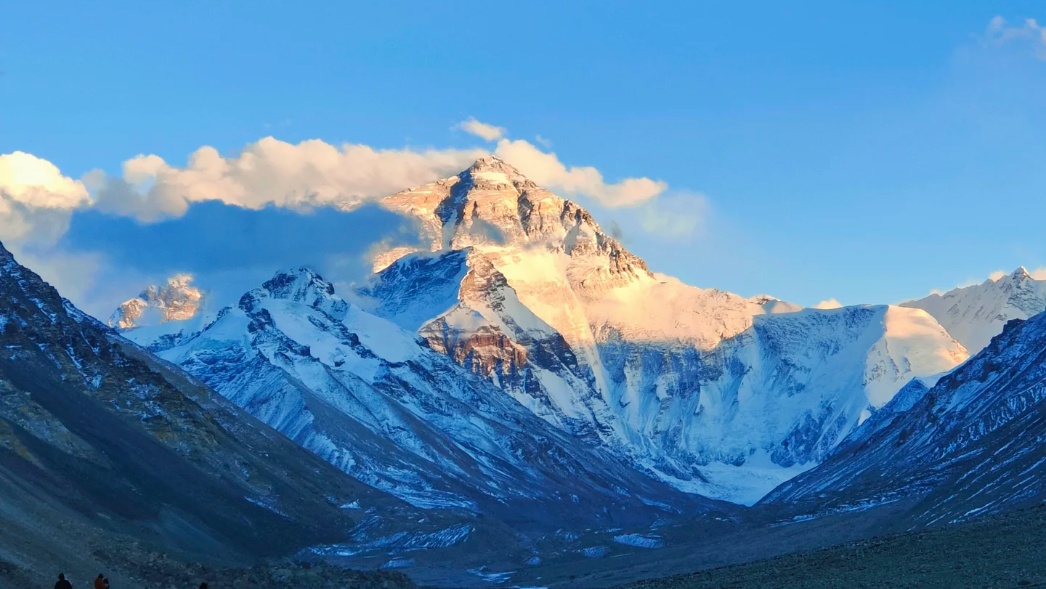
Main Attractions:Cho Oyu, Mount Everest
During your journey, you will enjoy breathtaking views of Cho Oyu, Mount Everest, and Shishapangma – three of the world’s highest peaks. The route continues over the Thang-La Pass (5,214 meters), offering dramatic alpine vistas before descending into Nylam. Later, explore the meditation cave of Milarepa, the legendary Tibetan yogi whose spiritual legacy remains central to Tibetan Buddhism. His teachings continue to inspire devotees across the Himalayan region, underscoring his enduring influence on religious and cultural traditions.

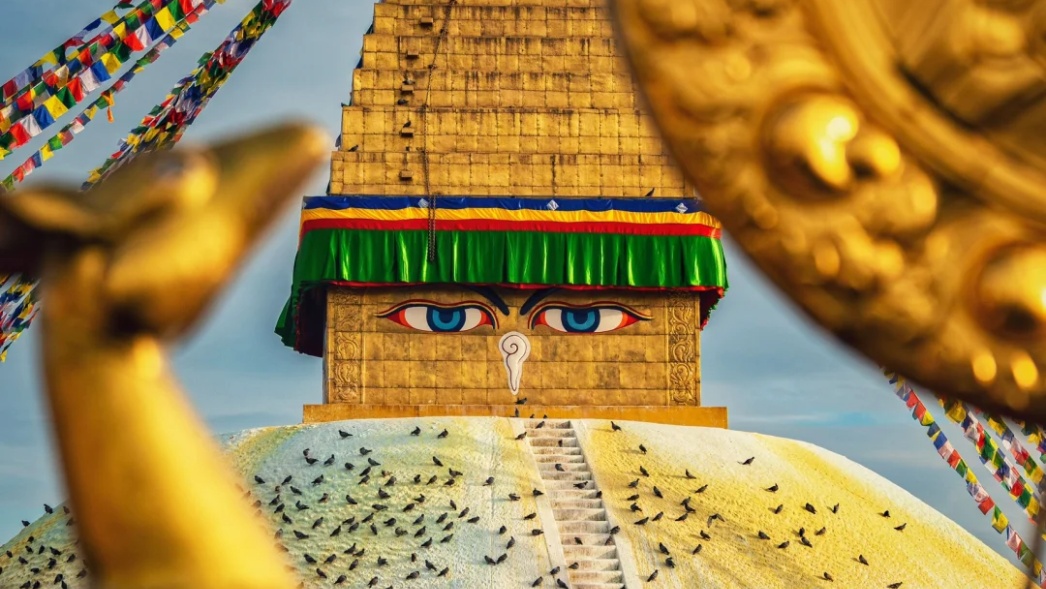
Main Attractions:Kathmandu
To reach Kathmandu, the capital of Nepal, travelers cross the border between Tibet and Nepal. Nestled in the southern foothills of the Himalayas, the city stands in stark contrast to Tibetan urban centers. Its geographic setting and cultural landscape differ markedly from those of Tibetan cities, offering visitors a wealth of novel experiences and discoveries.

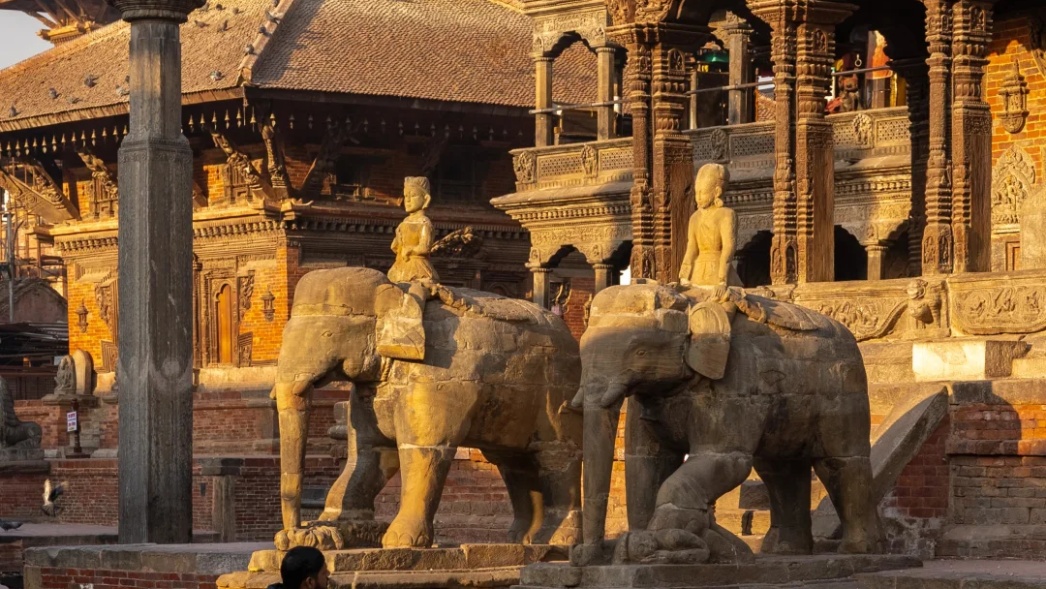
Main Attractions:Patan/Bhaktapur
Optional excursions in Kathmandu include exploring the ancient royal cities of Kathmandu, Patan, and Bhaktapur, or visiting the sacred sites of Pashupatinath, Bodhnath, and Swayambunath. These options offer a blend of historical immersion and spiritual discovery, enriching your cultural experience in Nepal’s capital.

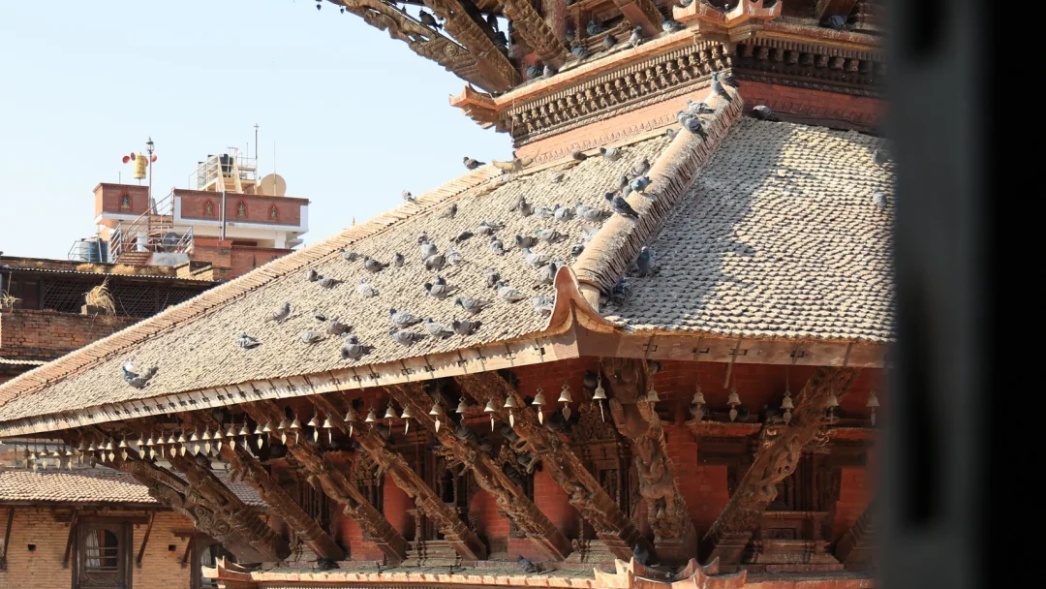
Return trip
After enjoying our final moments in [destination], we’ll make our way to the airport this afternoon. Safe travels home – the end of our journey marks the beginning of cherished memories.
